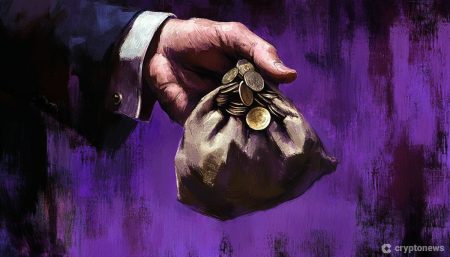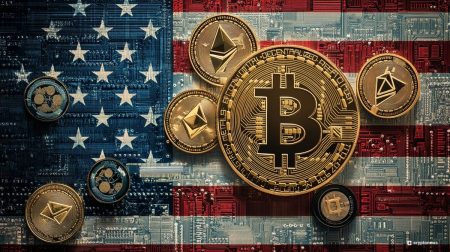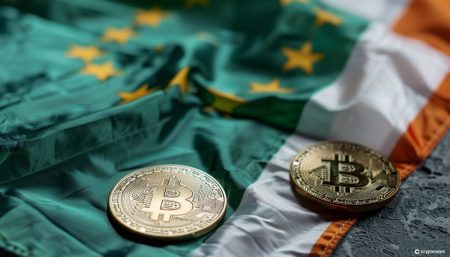English artist Damien Hirst is facing criticism after it was revealed that he may have backdated over 1,000 pieces of art from his NFT project “The Currency.” The artist, known for his controversial works featuring animals preserved in formaldehyde, allegedly misrepresented the dates of 10% of the physical paintings from the project, which were all linked to a matching NFT. The paintings were sold for $2000 and Hirst claimed they were handmade in 2016, but sources reveal they were actually mass-produced by multiple artists in the UK in 2018 and 2019.
Footage from inside Hirst’s studio in 2019 supports the claims that the paintings were created years later than the artist initially stated. Lawyers for Hirst did not deny the allegations but argued that the 2016 date represents the conceptual date of the project rather than the physical production date of each painting. The process of backdating, inaccurately labeling the creation year of an artwork, is frowned upon in the art world and can damage an artist’s reputation and the legitimacy of their works.
As part of “The Currency” NFT project, buyers were allowed to keep either the physical painting or its digital twin, but not both. In 2022, Hirst burned the physical versions of the paintings for those who selected the NFT, claiming that he was completing the transformation of the physical artworks into NFTs by doing so. This act ignited controversy and raised questions about the value and authenticity of the NFT project. Hirst defended his actions, stating that he was not burning millions of dollars of art but rather transferring the paintings’ value digitally.
The backdating allegations are not the first time Hirst has faced accusations of misrepresenting the creation date of his artworks. An exposé in March revealed that three of his formaldehyde sculptures from the 1990s were actually created in 2017. These repeated instances of falsely dating artworks could further tarnish Hirst’s already controversial reputation and undermine the credibility of his works. The potential impact on the value of his NFT project remains to be seen as the art world and collectors react to these revelations.
The revelations of backdating and misrepresentation in Damien Hirst’s NFT project have sparked concern and scrutiny within the art community. The claims of mass production and inaccurate dating of the physical paintings raise ethical questions about the transparency and authenticity of the artworks created as part of “The Currency.” Hirst’s decision to burn the physical versions of the paintings in favor of the NFTs has also stirred controversy and debate, further complicating the perception of his project and the value of his art. The artist’s response to these allegations and the potential consequences for his career and reputation are yet to be fully realized as the story continues to unfold.















